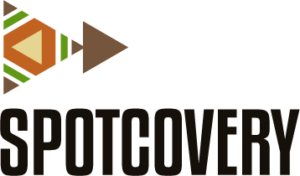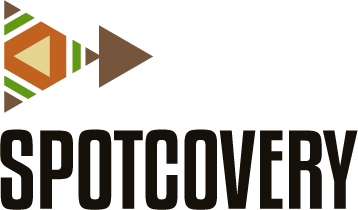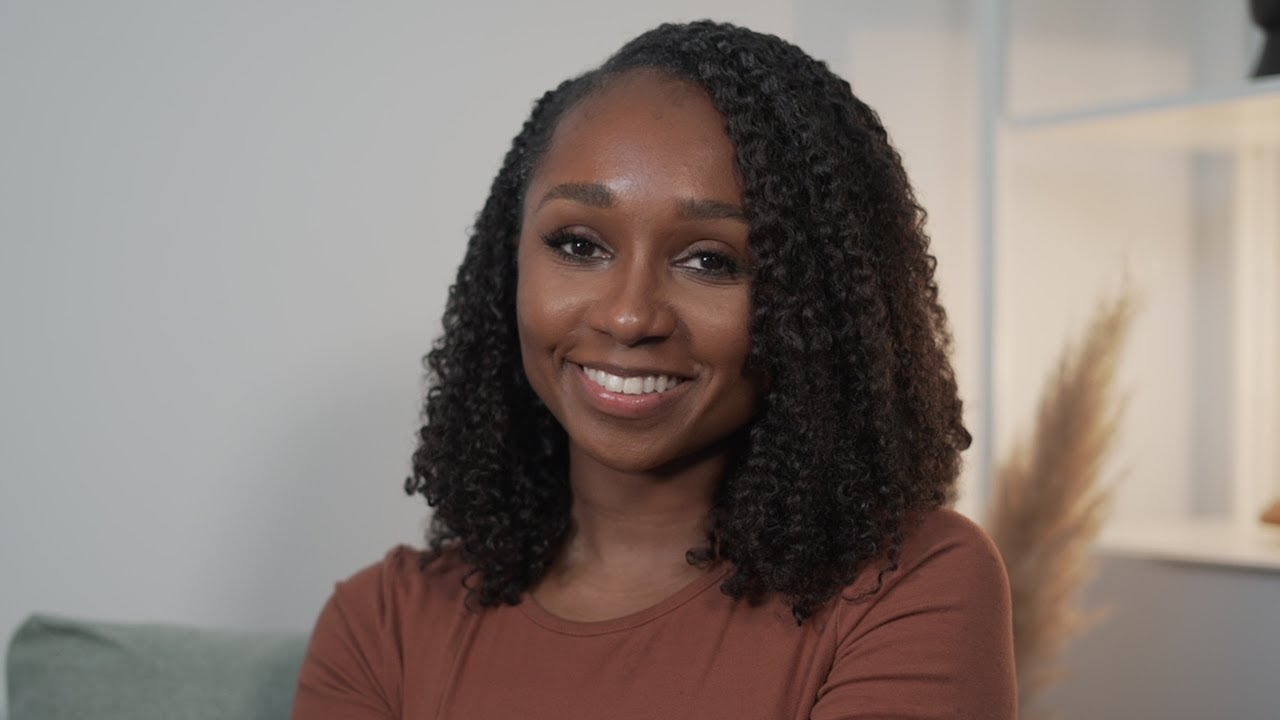There are many black female UX designers across the world, but compared to other industries, their percentage is small. UX/UI design, like so many other disciplines, has a lower representation of women as compared to men.
As of 2022, in the United States, according to Zippia, 40.4% of all user experience designers are women, while 59.6% are men. The percentage of black or African American UX designers is only 3.4%. Their input has led to invaluable products. Some have been in mental health and the intersection of design.
Become an insider. Subscribe to our newsletter for more top trending stories like this!
The few black female UX designers in the tech industry are setting the table for the next generation through various diversified advocacy, training, and talent acquisition efforts. It’s worth highlighting, considering International Women’s Day, these 10 black female UX designers inspiring the next generation of black women designers.
10 Black Female UX Designers Inspiring the Next Generation
Mariam Braimah- Kimoyo Fellowship
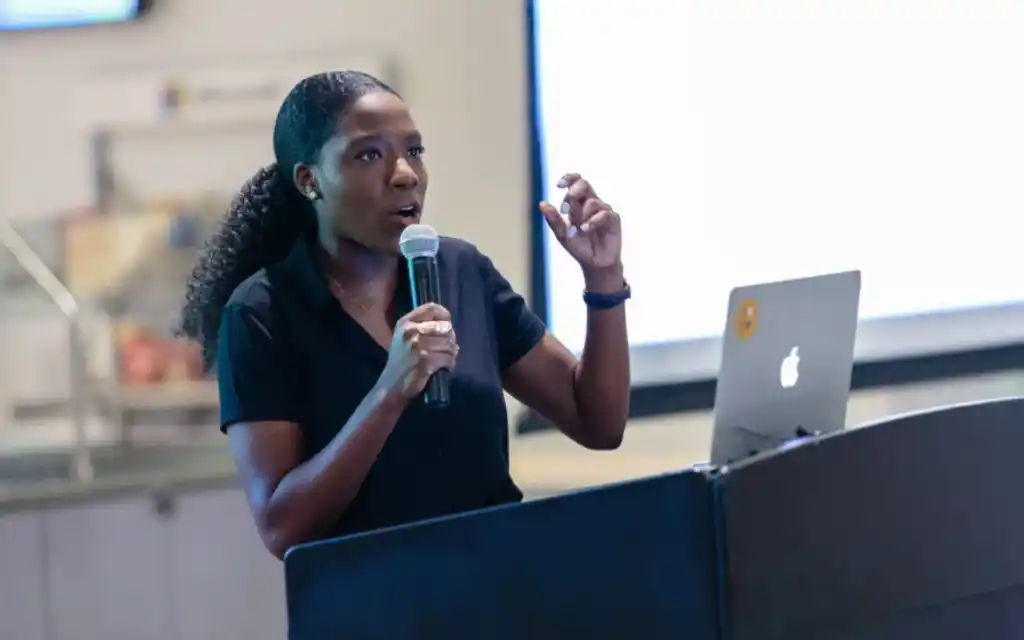
Mariam is a rapid and savvy full-stack designer with a natural eye for aesthetics and contagious fun energy. Currently, Mariam is a product designer at Netflix. As a little girl, Miriam showed interest in architecture whilst growing up in Long Island, New York.
As an undergraduate, Mariam earned a degree in History of Art and Architecture from Harvard University. During her university experience, she diverted to Design and developed a passion for User Interface Design.
She’s one of the inspiring black designers offering guidance to new designers in the tech scene.
In order to help Africa’s next generation of product designers get a seat at the tech table, Mariam founded the Kimoyo Fellowship, a school that teaches entry-level UI/UX design skills. The Kimoyo Fellowship prepares students for entry-level product design positions at leading African tech companies through a formal design program.
In 2022 Kimoyo Fellowship was one of the GoogleStartups Black Founders Fund recipients. Komoyo is helping companies like Microsoft, Flutterwave & ChipperCash validate product ideas across Africa. She’s inspiring the next generation of designers in their design roles.
Karen Santos- UX Para Minas Pretas
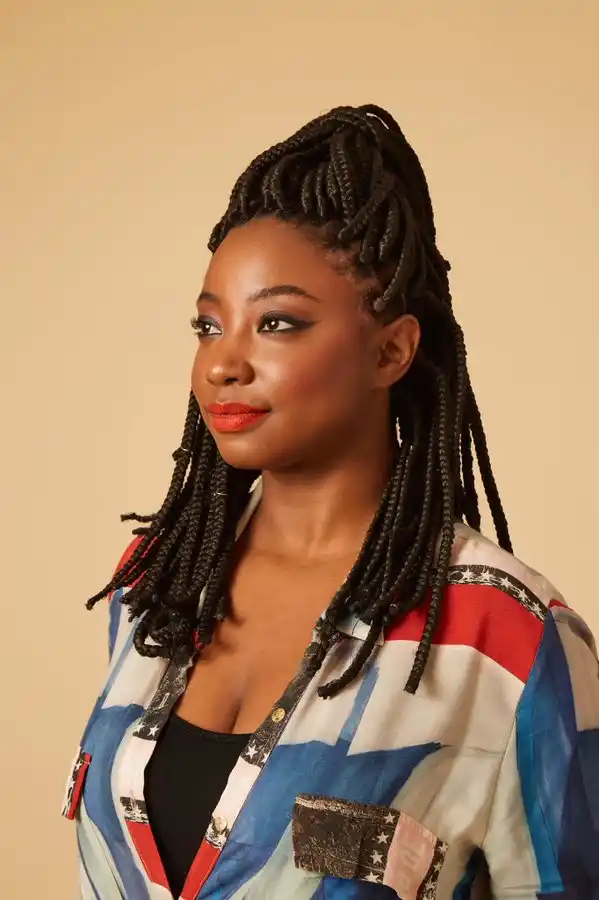
Karen is a product designer at PicPay. She fell in love with the idea of thinking about people’s experiences and creating products from their perspectives.
In an area where black women are underrepresented, Karen began to wonder why she was one of the few or the only black female UX designers in the world of user experience when she started to travel the world.
In that regard, she founded UX for Minas Pretas, a project that explains concepts and fosters the sharing of knowledge. Her community is known as the platform UX para minas pretas.
She uses her experience as a UX designer in Brazil to create a workshop for black female UX designers experiencing similar difficulties as she did when she first started out.
Sharae Gibbs- She Designs
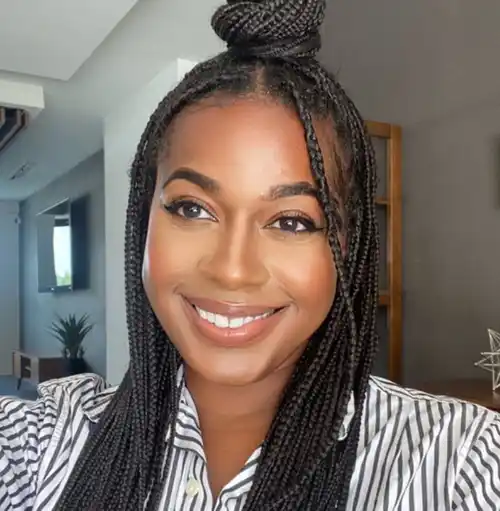
In her role at Google, Sharae is an interaction designer with over ten years of experience researching and designing user experiences. Sharae is the founder of She Designs. She leverages her rich experience in human-centered design and user experience to mentor junior designers.
She Designs focuses on UX courses for women of color, offering UX training, mentorship, and professionals career development.
People Also Read: What It’s Really Like Being Black in Tech
Omobolanle Banwo Osadolo- Geneza Brands
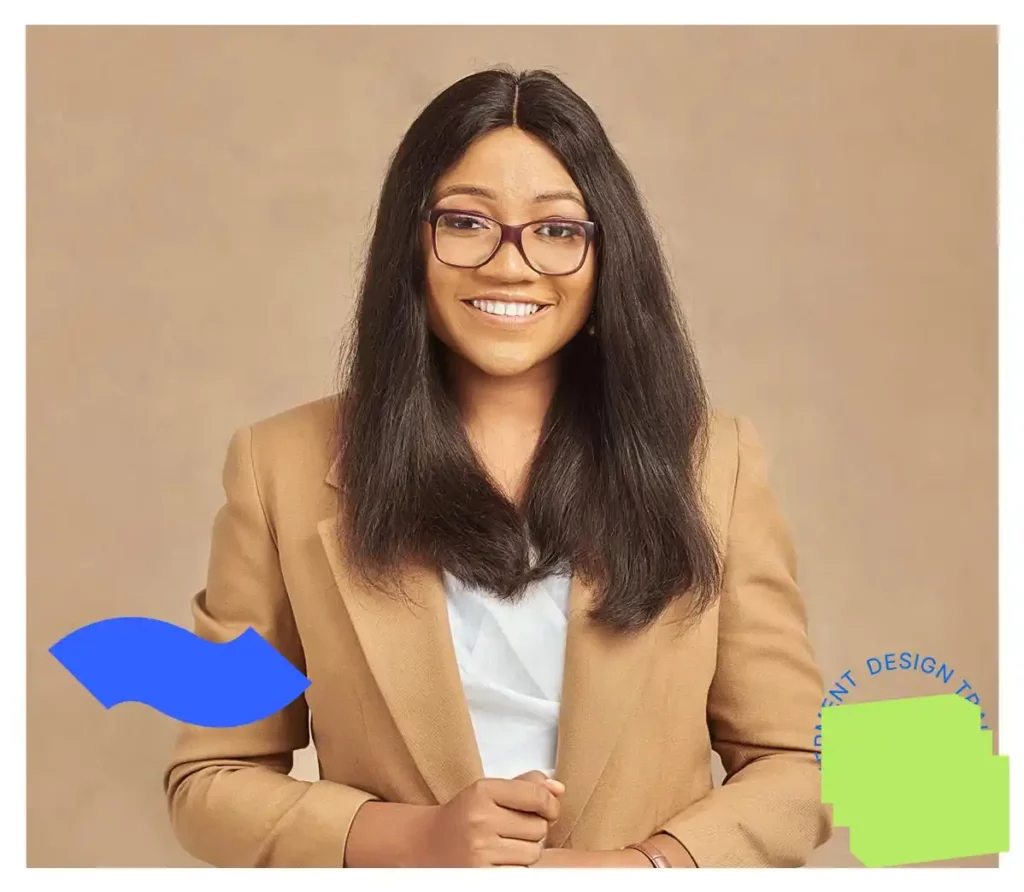
Omobonlanle is a UI/UX designer and brand identity advocate from Lagos, Nigeria. She helps brands tell compelling stories through creative designs.
She is the founder of Geneza Brands and the Geneza School of Design- a school that teaches individuals in Nigeria how to become UI/ and graphic designers.
She is also the founder of The Female Designer Movement, an initiative she launched to train and equip women with design skill-set and thereby help increase the number of women in the Nigerian technology ecosystem.
Lenora Porter- Product Design
As a former math teacher with no technical background, communities played a big part in shaping Lenora’s career. She obtained a bachelor’s degree in family, youth, and community sciences, which she says helped her learn about the beauty in human behavior, psychology, and community building.
As part of her transition into the tech industry, Lenora attended a Ruby on Rails coding boot camp before learning UI/UX and front-end skills online. This was in the San Francisco Bay area. While developing new technical skills, Lenora also understood the importance of networking and building a social media presence.
Lenora previously worked as a software engineer at Heroku –Salesforce. She also worked with Skillshare and Net2Phone.
LaTiesha Caston- Facebook
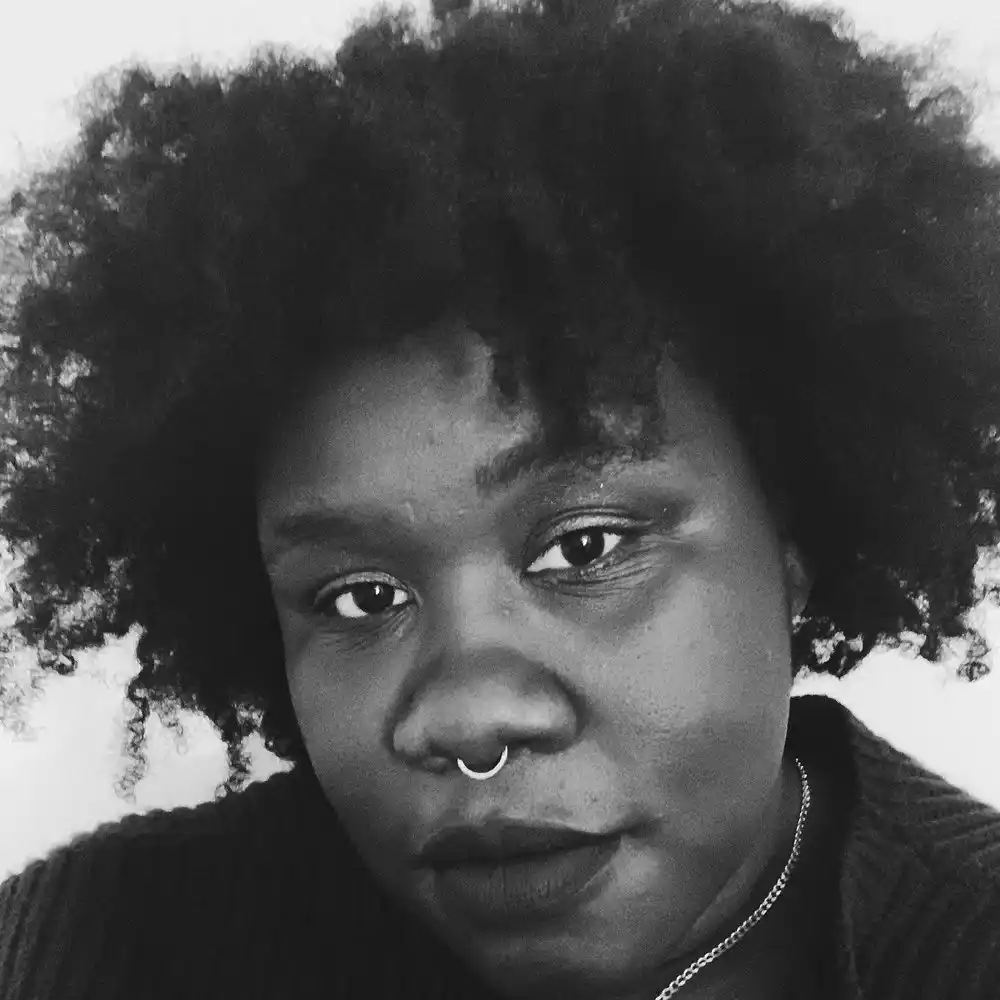
LaTiesha has been doing digital and experience design almost her entire career and has recently turned her attention to product and service design. Her favorite type of project is solving big, hairy problems that require a lot of research, prototyping, and testing but result in useful, meaningful, and relevant solutions.
She’s a product designer at Facebook, enthusiastic about holistic, accessible, and inclusive design that makes life easier for anyone with any background.
Kimberly Ezeama- Gap Inc
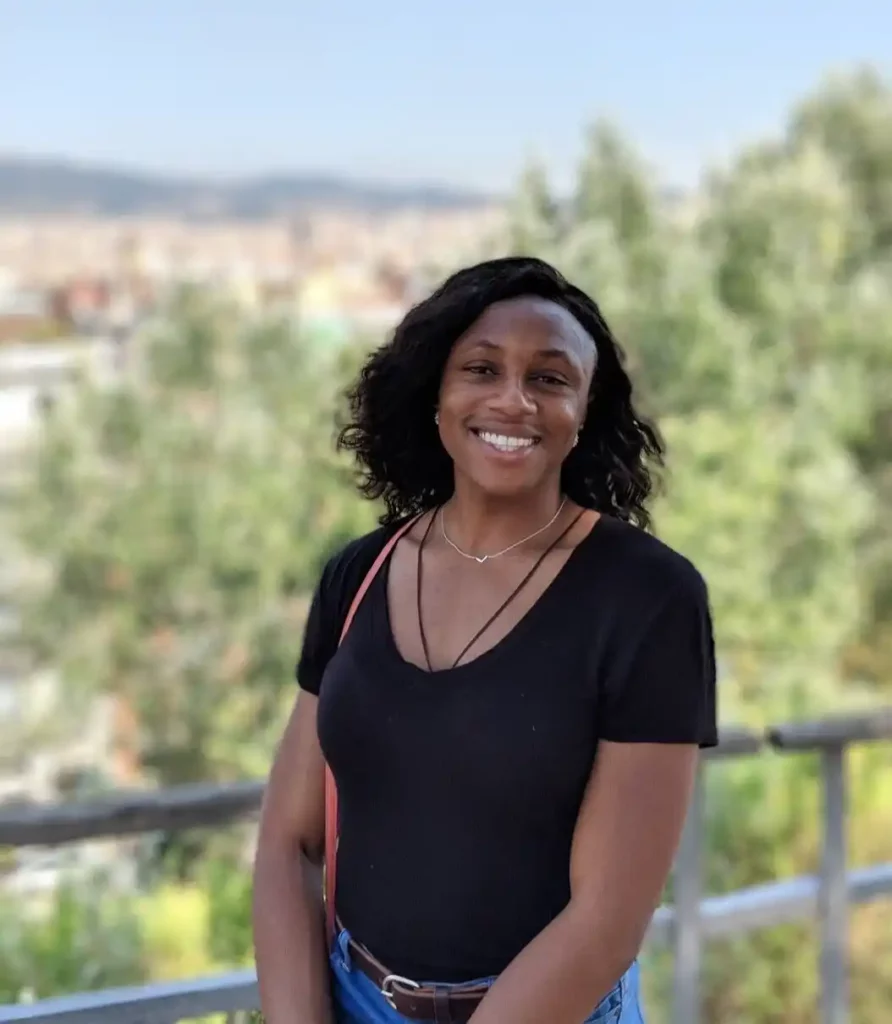
Kimberly is a product designer, holds a Doctor of Pharmacy degree, and is a retired NCAA Division I athlete. With her strong sense of empathy and team collaboration skills, she creates valuable user experiences!
Become an insider. Subscribe to our newsletter for more top trending stories like this!
She has been practicing as a clinical pharmacist in an outpatient community setting, communicating with many different people from all walks of life and learning from them through her practice.
She couldn’t resist the urge to make people’s lives better after learning about the user experience, starting with those close to her. Kimberly enrolled in Bentley University’s Master of Science in Human Factors in Information Design program after engaging in a lot of online research and learning. She works for Gap Inc. as a skilled designer.
Kimberly Ezeama’s work as a user experience designer for Gap Inc. focuses on lowering the possibility that online customers may wish to interact with the manager. For customers of the four Gap Inc. brands—Old Navy, Gap, Athleta, and Banana Republic—she creates cart and checkout experiences as well as profile and account pages.
Join our Spotcovery Global Black Community Facebook Group for early access to exclusive content and share in a lively discussion.
Alana Washington– Capital One
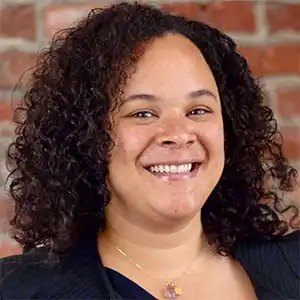
Alana is a design manager at Capital One. She first explored her design talent for her high school’s yearbook, which apparently became a success. Alana Washington’s expert flair for designing was rediscovered when, after completing college, she was working on a presentation course for HBO.
Washington is one of the most influential black female UX designers in the tech industry, and she’s super proud of it as well. Currently, Alana is working as the design manager for Capital One.
Jessica Gaddis
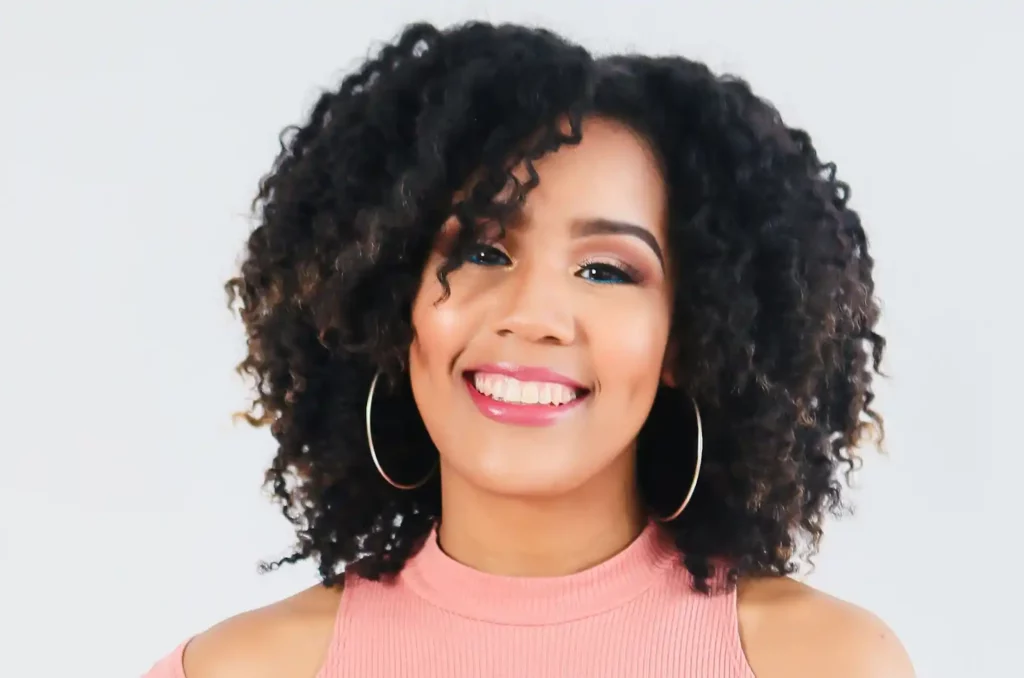
Jessica did not see a career in technology despite having parents who were in the field and who taught her to code at an early age. It wasn’t until she pursued working on a digital storytelling project in journalism school that she began to think about a future in the computer industry.
Gaddis soon found work as a product designer at Netflix and as a product designer at Twitter. She is passionate about giving young women all of the opportunities, all of the knowledge, and all of the information they need to make more informed decisions about their roles.
Jacqueline Asare- Dartey
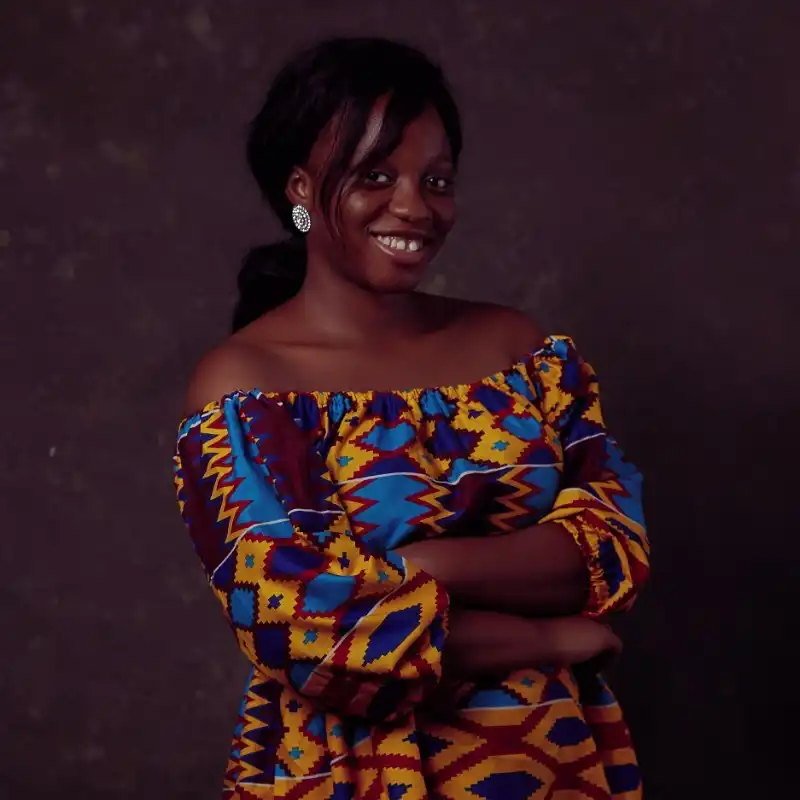
Jacqueline is a product (UX) designer with more than three years of experience who specializes in UI design. She has worked on a number of mobile and web applications for the Fintech, Edtech, and Agritech sectors that have significantly benefited her users. As a result of her love for design and desire to pass on her skills, Jacqueline occasionally teaches design.
One of her proudest and most impactful projects is Digital PASE, an e-learning platform (website and mobile app) that equips unemployed individuals in Ghana with in-demand digital skills.
People Also Read: Become a Tech Bro/Sis In Your 40s: 8 Best Tech Jobs for Career Changers
Frequently Asked Questions
Q: What is UX?
A: Popularized in the 1990s by the Americans Don Norman and Jakob Nielsen, user experience design (UX design) studies the interaction between users and technologies (products, systems, or services) and develops ways to make this interaction easier.
UX stands for “user experience, and it refers to your overall experience when interacting with a product or service. This includes everything from how easy you find using the product to how enjoyable and satisfying the experience is. UX design also means creating a product that meets the needs and goals of users while also taking into account factors like usability, accessibility, and performance.
On the other hand, UI stands for the user interface. It involves the visual and interactive elements of a product that you interact with. This includes things like buttons, menus, and forms, as well as the layout, typography, and color scheme of the product, like your smartphone. UI design involves creating an interface that is both aesthetically pleasing and easy for you to use, while also supporting the functionality and goals of the product.
Together, UX and UI design is focused on creating a product that is user-friendly, intuitive, and enjoyable for you to use. By putting the needs and goals of users first, UX/UI designers can create products that are more effective, efficient, and satisfying to use.
Q: Why is UX design important?
UX design is important because it helps designers improve the overall user experience for users. A good user experience can also differentiate a product or service from its competitors and lead to increased sales and revenue.
Q: What are the key principles of UX design?
The key principles of UX design include user-centered design, empathy, simplicity, consistency, accessibility, and usability testing.
You can call the technique of developing goods and services with the user’s requirements and preferences in mind “user-centered design.” When we talk of empathy in UX design, it describes taking into consideration the viewpoint of the consumer and creating solutions that address their demands.
The concept of simplicity states that goods and services need to be simple to use and comprehend. Maintaining a consistent design across all touchpoints is part of maintaining consistency.
On the other hand, designing goods and services that everyone can use, regardless of their ability, is referred to as accessibility. Testing designs with people to see if they are efficient and simple to use is known as usability testing.
Q: What is the difference between UX design and UI design?
User Experience (UX) design and User Interface (UI) design are closely related but are different. UX design is concerned with the overall user experience, including research, strategy, and usability testing. UI design is concerned with the visual and interactive elements of a product or service, including typography, color, layout, and animation. While UX design focuses on the overall user experience, UI design focuses on the visual and interactive details that make up that experience.
Q: What are some common tools and techniques used in UX design?
Common tools and techniques used in UX design include user research, persona development, user flow diagrams, wireframes, prototyping, user testing, and design sprints.
Do you know other black female UX designers that are worth highlighting? Share their profile with us via the comments.
Nearly 80% of consumers turn to directories with reviews to find a local business. List your business for free in our exclusive Spotcovery Black-Owned Business Directory.
Become an insider. Subscribe to our newsletter for more top trending stories like this!
